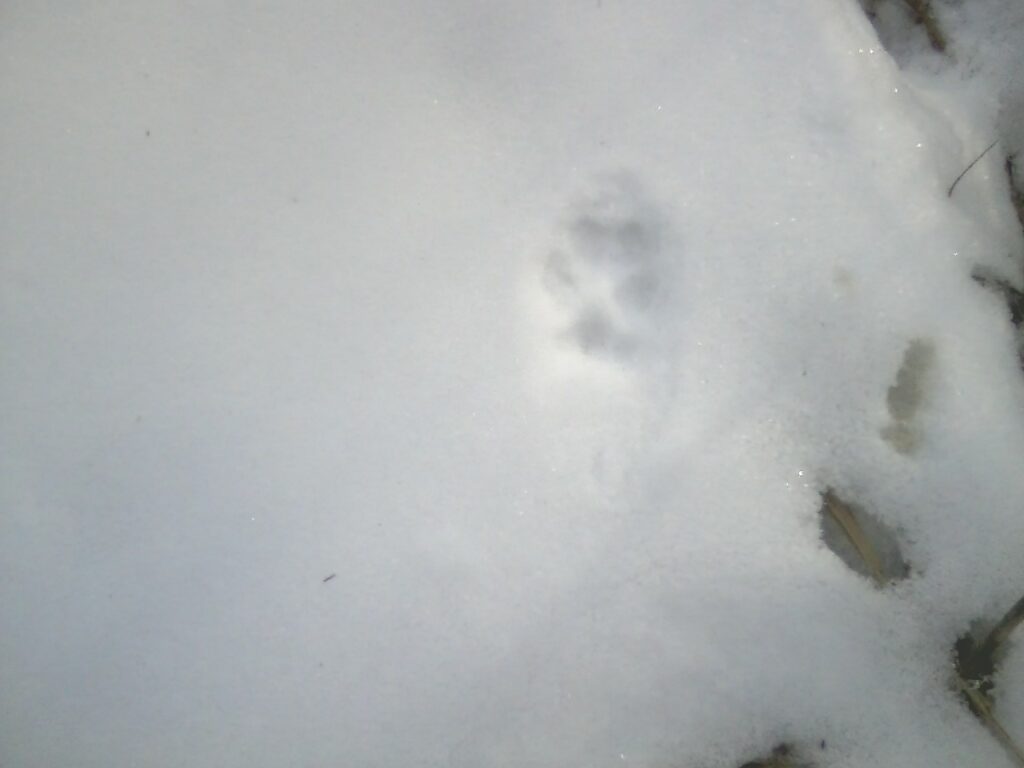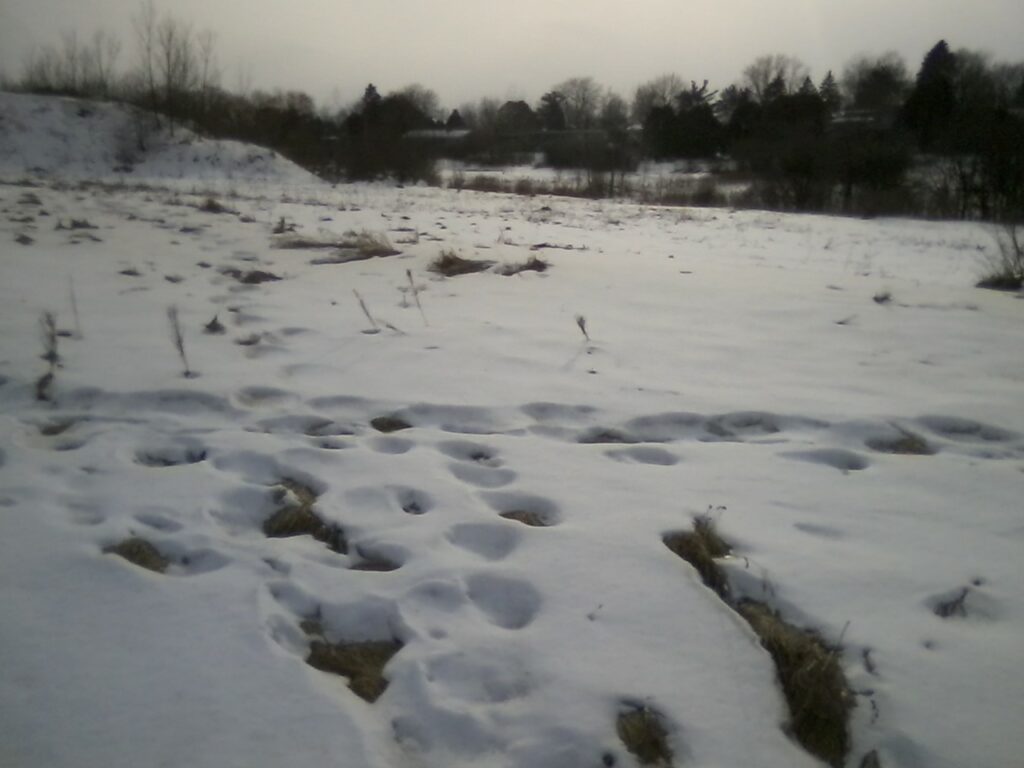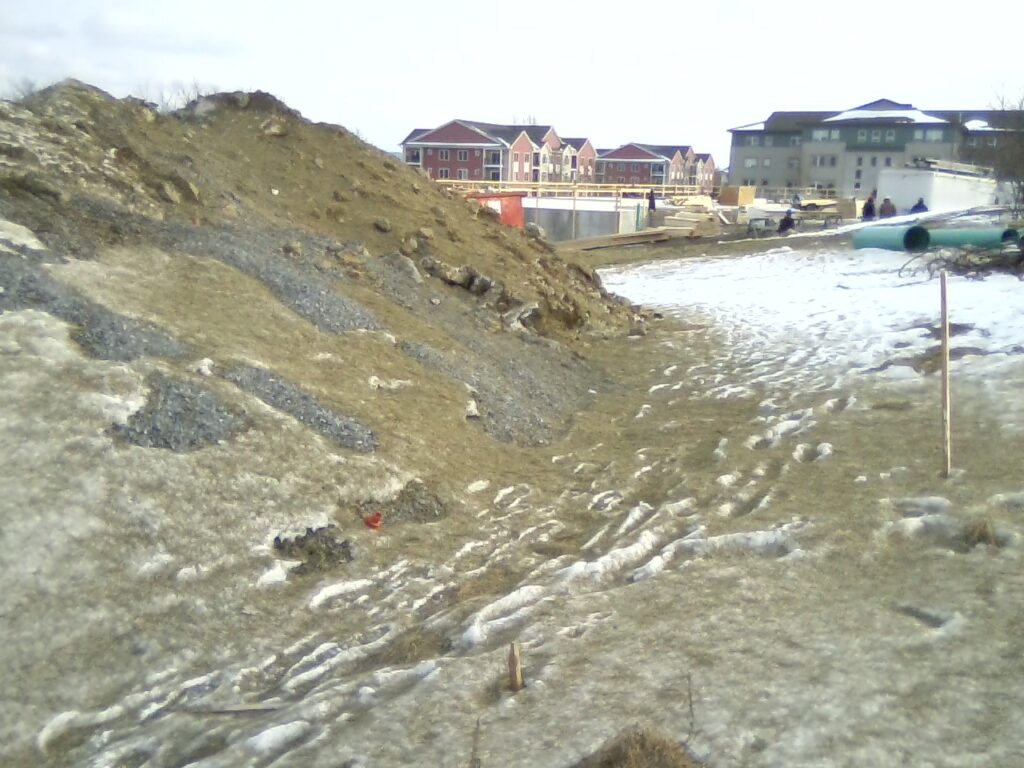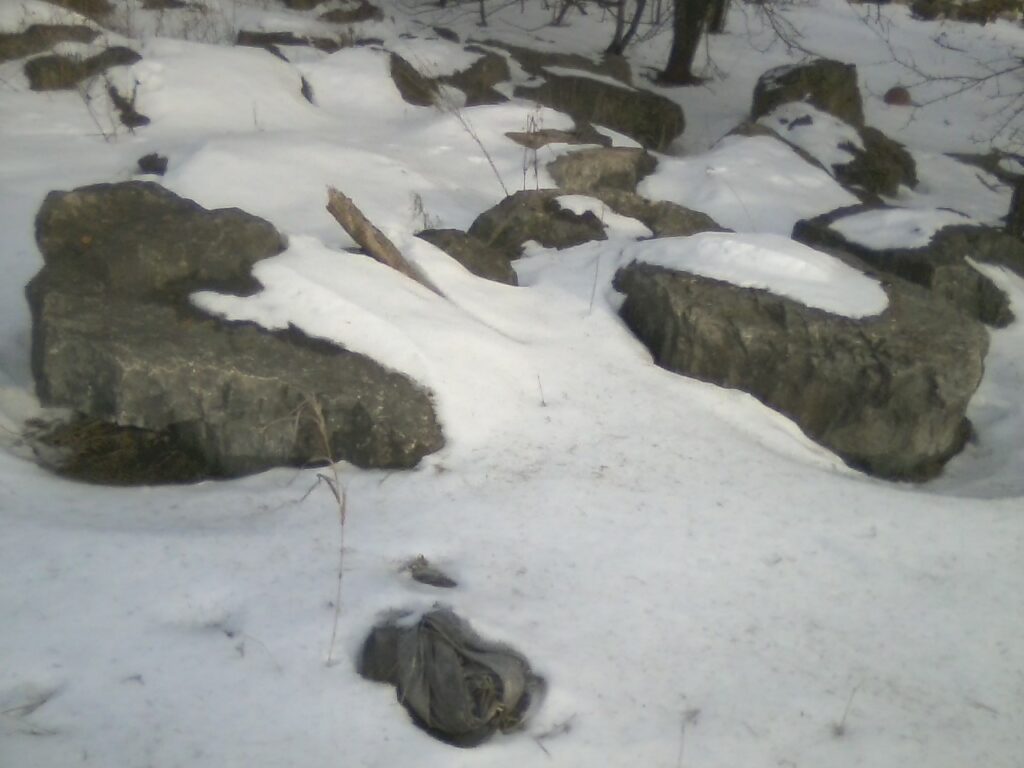I really dislike this new format for the blog. For some reason the format was changed so although my previous posts and the blog in general looks the same I have to use an entirely different format to make new posts which caused me much distress for the first few minutes.
I titled this post as such in reference to the end of one of the novels I’ve read or more like one of the last parts. The novel I was reading was never completed. It was written by the author but the translators were only able to translate the entire novel except for the last few chapters. I think this shows how I feel about my phenology site. I enjoyed the excursions that came along and I learned a bit along the way, just like the book, and the story isn’t even over and there’s no way to really know how it’ll end. I keep waiting to see if I can learn what happens next and maybe I’ll come back to check but I don’t hold much hope that I’ll ever know.
Now for this very impromptu assignment.
Well I don’t feel like talking about the lab assignment quite yet and it’s my blog so harrumph.


I actually stumbled upon some tracks that were really clear today, just as I entered my site. I think they belong to a fox based on the shape. I looked at the guide and they look more like grey fox tracks to me but I don’t believe grey fox would live near my site and I’m sure that I have trouble telling the difference between the two so I’d bet that they’re red fox tracks.
Here’s a recent view of my site:

In addition to the natural changes, the development has ramped up next to my site, luckily nothing on my site has been touched but it’s interesting to note the changes.

I can only imagine how much mineral runoff there will be with the coming spring thaw. There is a slight slope that will bring most of this to the high way, my site is subjected to the same slight slope so it too will experience this erosion, although not on quite this scale because of the shrubs and flowery plants that exist there. I still believe that my site will experience a good bit of erosion though. I believe this because trees make up a minuscule part of the site and the grasses and shrubs can’t hold in everything, especially for the spots where the vegetation has been cleared for trails.
Still I can’t wait for Spring to come. I obviously desire the warmer weather but I can also get excited to finally see all the plants that drew my sight in the first place(get it?).
At the start my site was lush with grasses and flowers with a few large shrubs and a single red maple tree. The spot was very quiet, aesthetically pleasing and subject to the occasional rain. As time went on the snow started to fall and the residents camping in the field couldn’t go through a winter outdoors so they packed up and left meaning that human activity was at an all time low. As the weather got colder the colorful flowers ceased to be colorful but nevertheless stood tall to remind us of their beauty. Then the snow fell and it was as if the plants, with all their tenacity, conceded to the snow fall what they never would to the wind and rain of summer. They let themselves rest and lie dormant beneath the snow. The land was flattened except for the big bushes, shrubs and that lonely maple. Now some of the grasses can be seen again, bent under the snow still. It will take a bit more time before they stand tall again. The oppressor will have lost his place, the snow will come in dustings and storms but it won’t be kept as the grasses, filled with the heat of spring, continuously beat it out.
Alright now I’m feeling up to snuff. I think that my site is an example of the temperate acidic outcrop natural community. I don’t think that the ecological potential of my site would allow for it to be woodland after the development and it’s use over the years. Because of this I looked at the open upland community types and I find that the high elevation types such as the boreal outcrop or the alpine meadow definitely didn’t fit the bill due to the elevation of my site which only left a few others. I believe it’s specifically a temperate acidic outcrop because some of the vegetation at my site seems to be the characteristic vegetation one would find in such a natural community. For instance the only tree that I consider in my site is a red maple which was mentioned as one of the characteristic species of the natural community and looking back at the pictures from the start of Fall and end of Summer I think that a great bit of poverty grass was in my site but I didn’t identify it. Wetland, Woodland, Wildland mentioned that poverty grass is very common at those types of sites so I looked up images of poverty grass and it appeared that I had some. In addition to this, one of the featured characteristics of temperate acidic outcrops and upland outcrops in general is the rock that lies near the surface and I found quite a bit poking up.

That’s all that I believe I needed to peg it down after having narrowed the possibilities to two or three in my mind.
I hope you enjoyed our adventure as much as I did. Maybe I’ll come back to make another post or two. If you have any comments please come talk to me. I do enjoy verbal communication much more than electronically written comments.
-Signing off, Kris Brown


Recent Comments